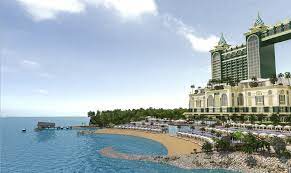안전놀이터: 이박사 플랫폼으로 더욱 안전하고 즐거운 놀이터를 찾아보세요!
안전놀이터의 중요성과 이박사의 역할 안전놀이터는 우리의 여가 생활에서 중요한 부분을 차지합니다. 이박사 플랫폼은 안전하고 신뢰할 수 있는 놀이터를 추천하고, 사용자의 경험을 개선하기 위해 끊임없이 노력하고 있습니다. 이박사는 빅데이터 분석과 철저한 검증 절차를 통해 최상의 놀이터만을 선별하여 추천합니다. 이박사 플랫폼의 추천 및 보증 업체 정보 이박사 플랫폼에서는 다양한 놀이터 업체들의 순위와...















